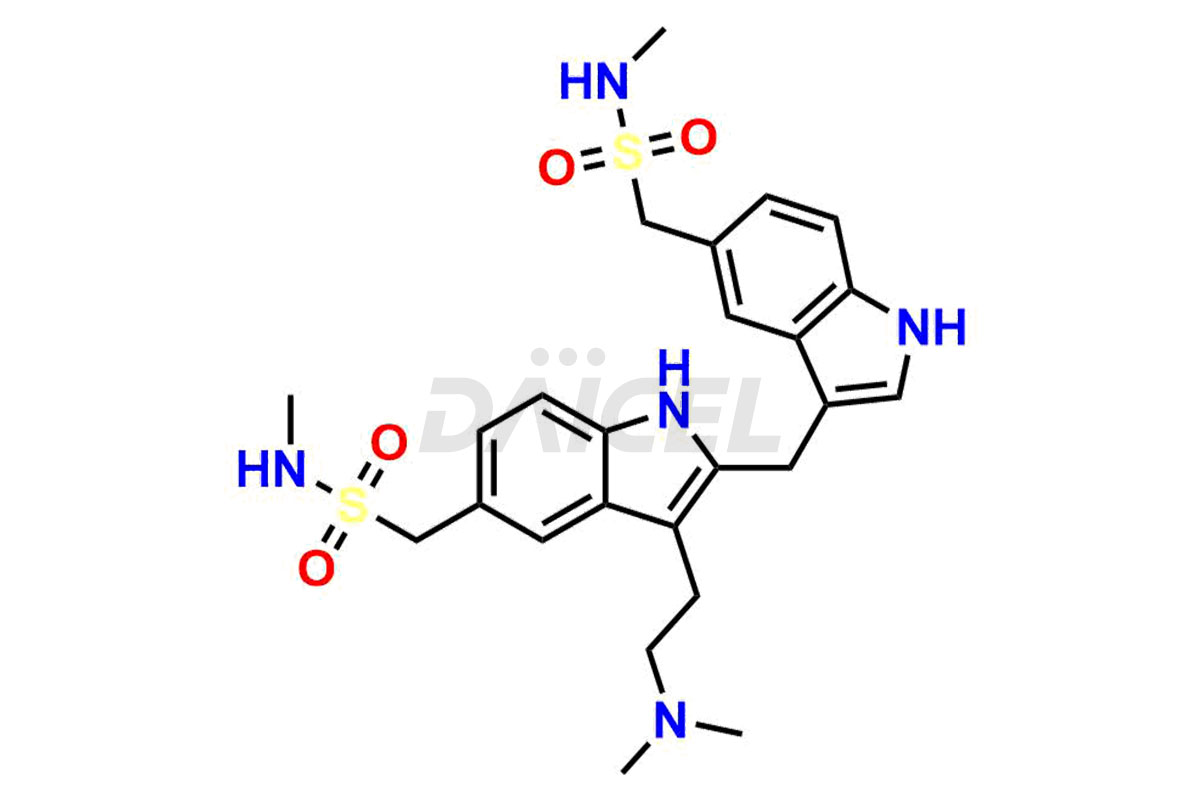Sumatriptan
References
- Oxford, Alexander William, Indole derivative, Glaxo Group Ltd., United Kingdom, US5037845A, August 6, 1991
- Oxford, J.; Lant, M. S., Development and validation of a liquid chromatographic-mass spectrometric assay for the determination of sumatriptan in plasma, Journal of Chromatography, Biomedical Applications, Volume: 496, Issue: 1, Pages: 137-46, 1989
- Dunne, Moira; Andrew, Peter, Fully automated assay for the determination of sumatriptan in human serum using solid-phase extraction and high-performance liquid chromatography with electrochemical detection, Journal of Pharmaceutical and Biomedical Analysis, Volume: 14, Issue: 6, Pages: 721-726, 1996
Frequently Asked Questions
How are Sumatriptan impurities detected and quantified?
The impurities in Sumatriptan are detected and quantified using various analytical techniques such as Reverse Phase High-Performance Liquid Chromatography (RP-HPLC).
Why is it essential to control the impurities in Sumatriptan?
Controlling the presence of impurities in Sumatriptan is crucial for ensuring that the drug is of high quality, safe, and effective. Further, they may harm various aspects of the drug's performance, such as its potency, stability, and overall shelf life.
Which solvent helps in the analysis of Sumatriptan impurities?
Water or DMSO is the solvent used in analyzing many impurities in Sumatriptan.
What are the temperature conditions required to store Sumatriptan impurities?
Sumatriptan impurities are stored at a controlled room temperature between 2-8 ⁰C or as indicated on the Certificate of Analysis (CoA).
Note: Products protected by valid patents by a manufacturer are not offered for sale in countries having patent protection. The sale of such products constitutes a patent infringement, and its liability is at the buyer's risk.


